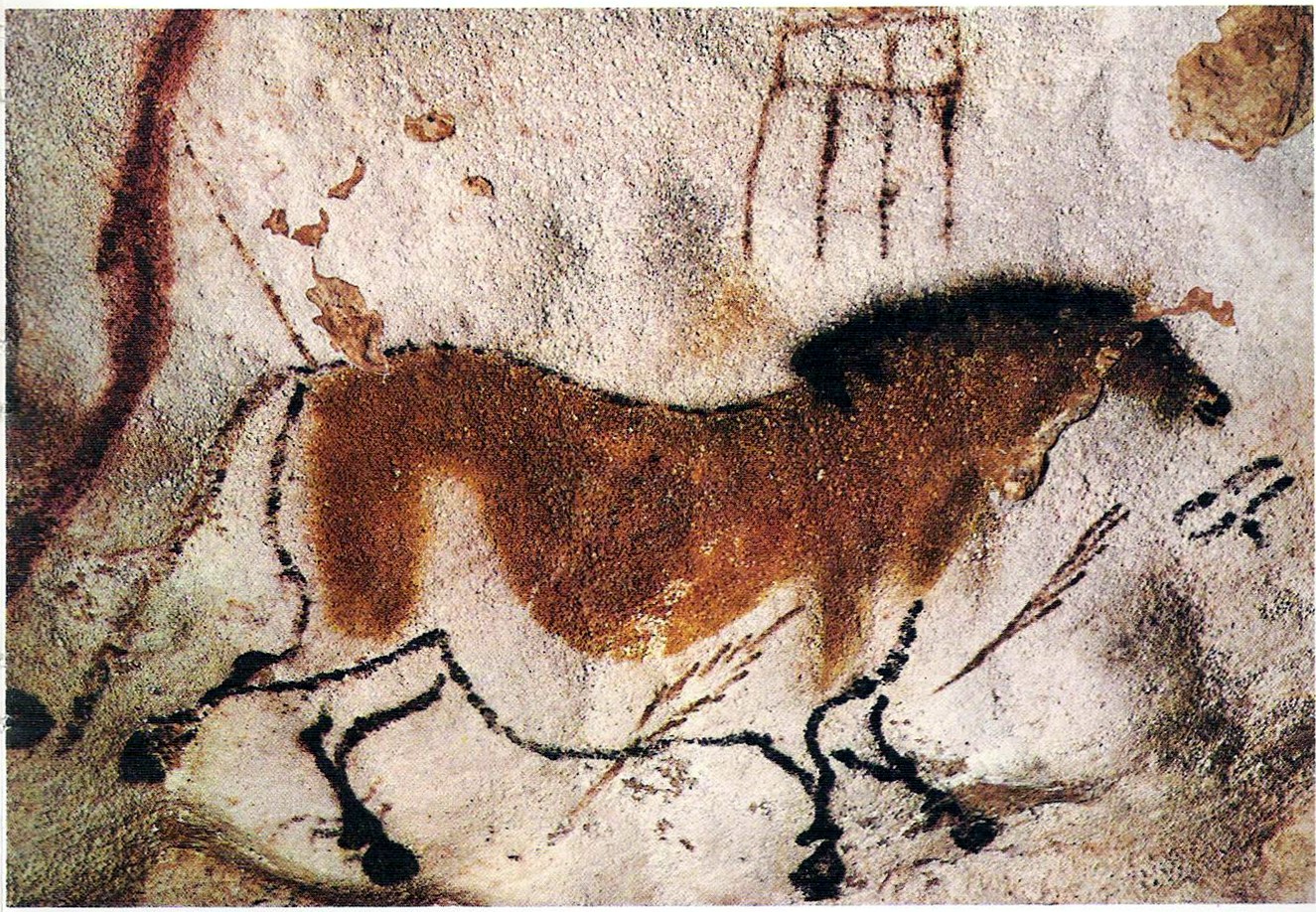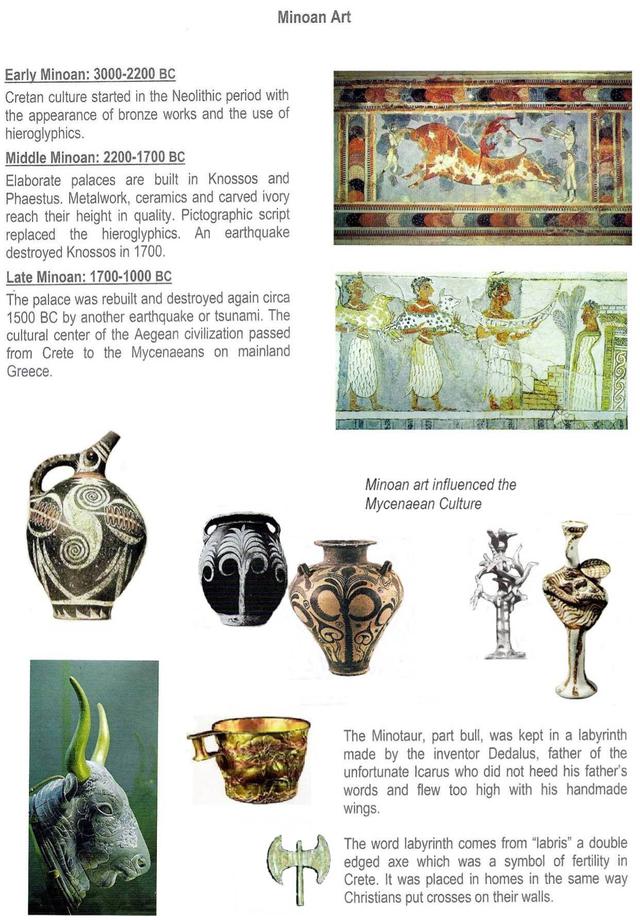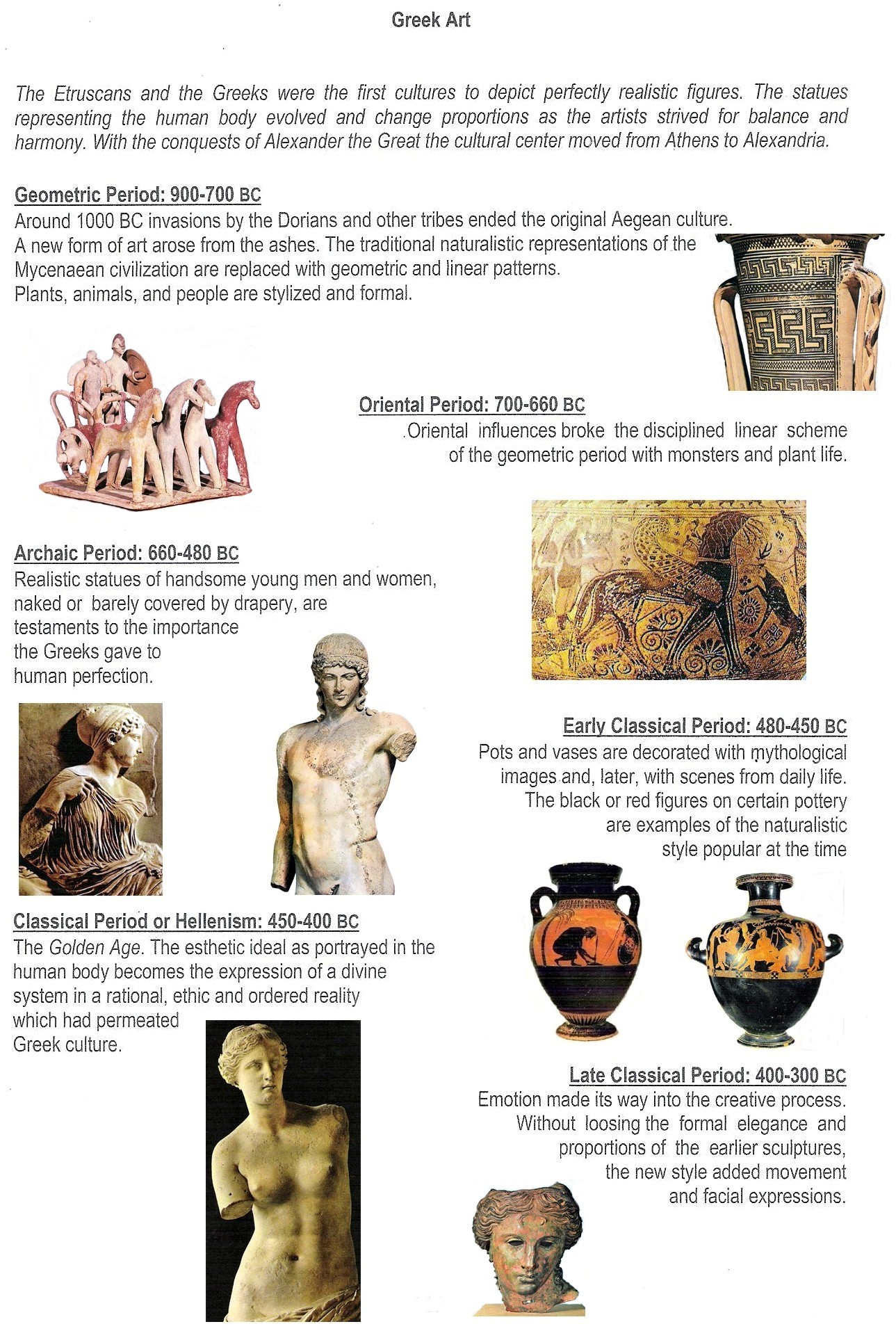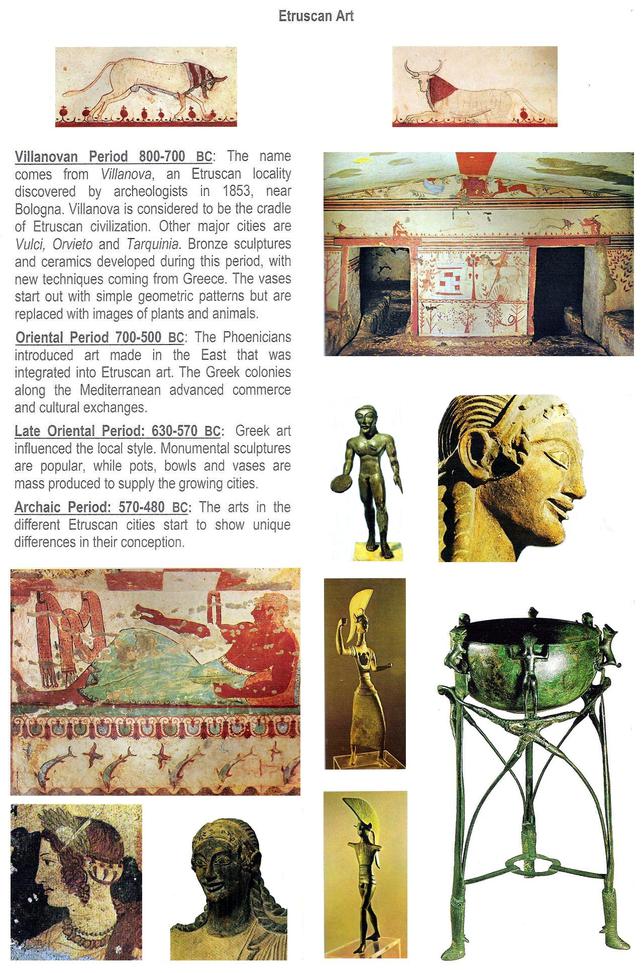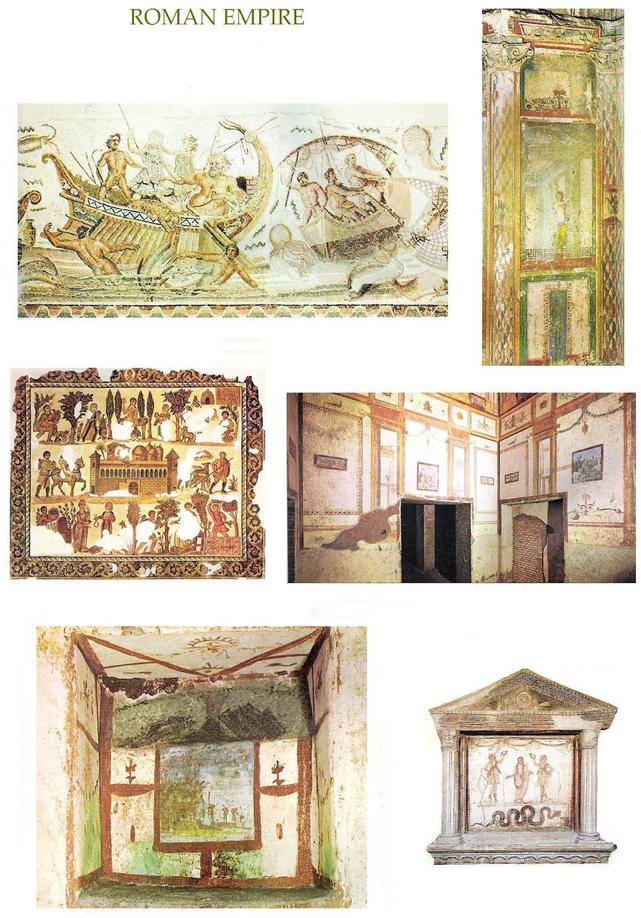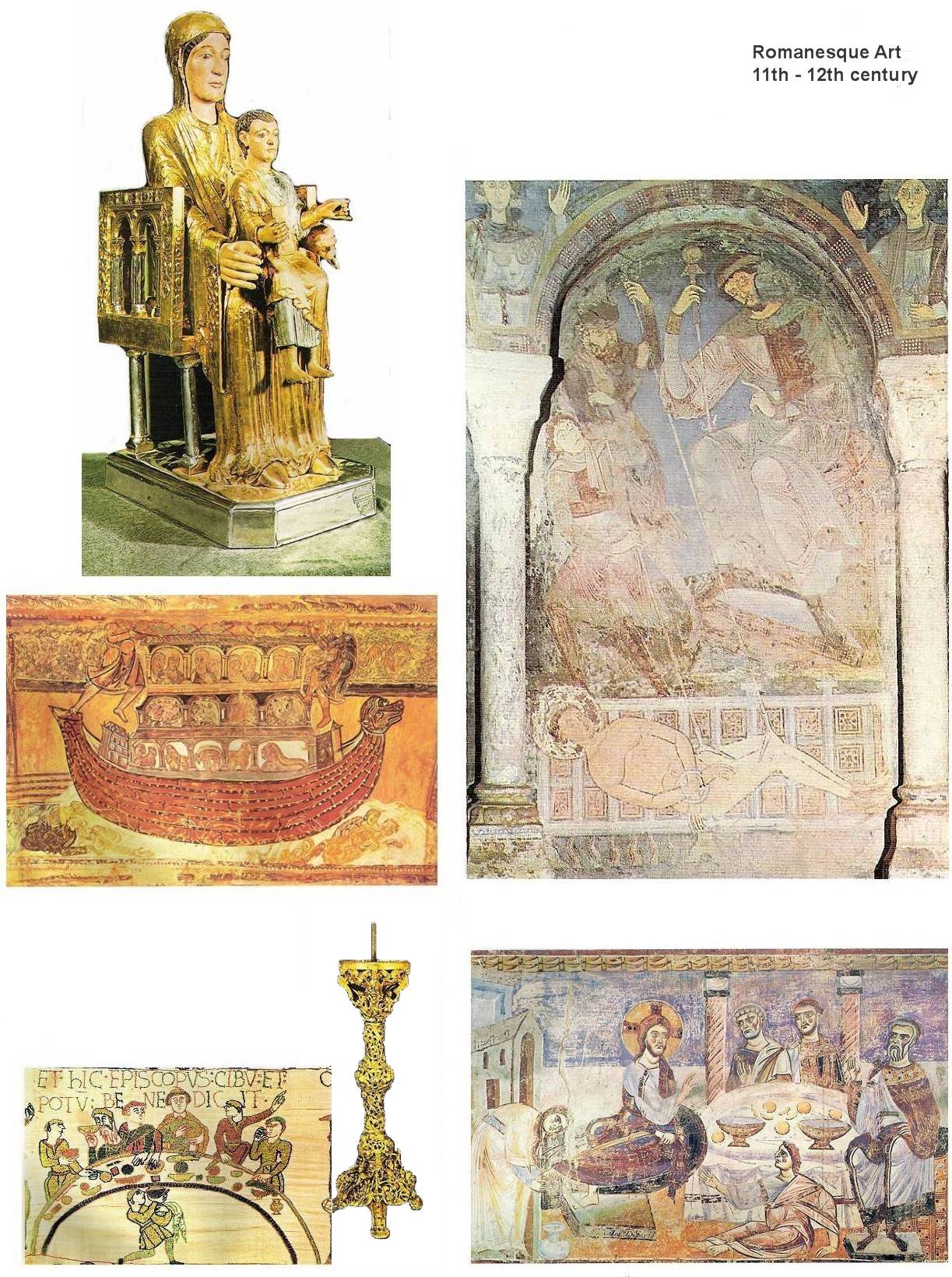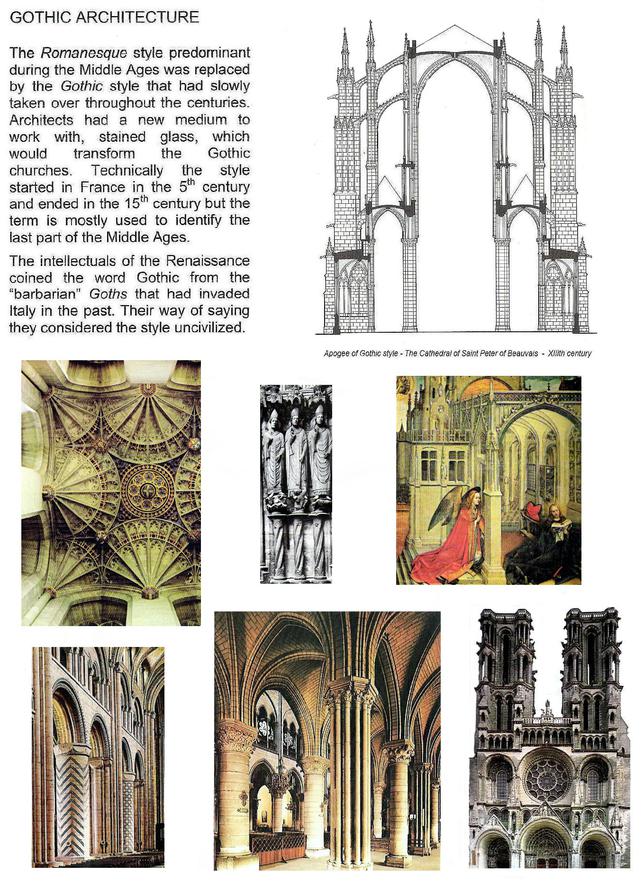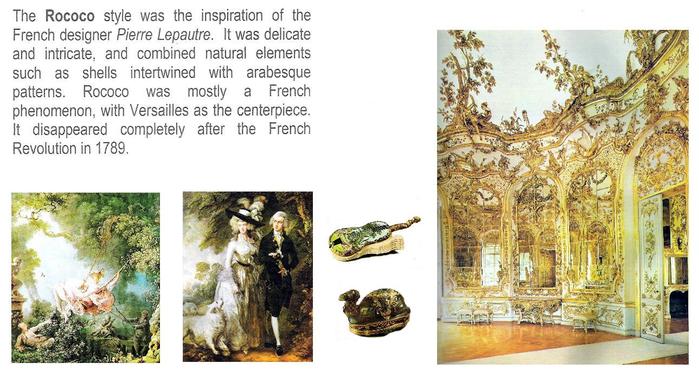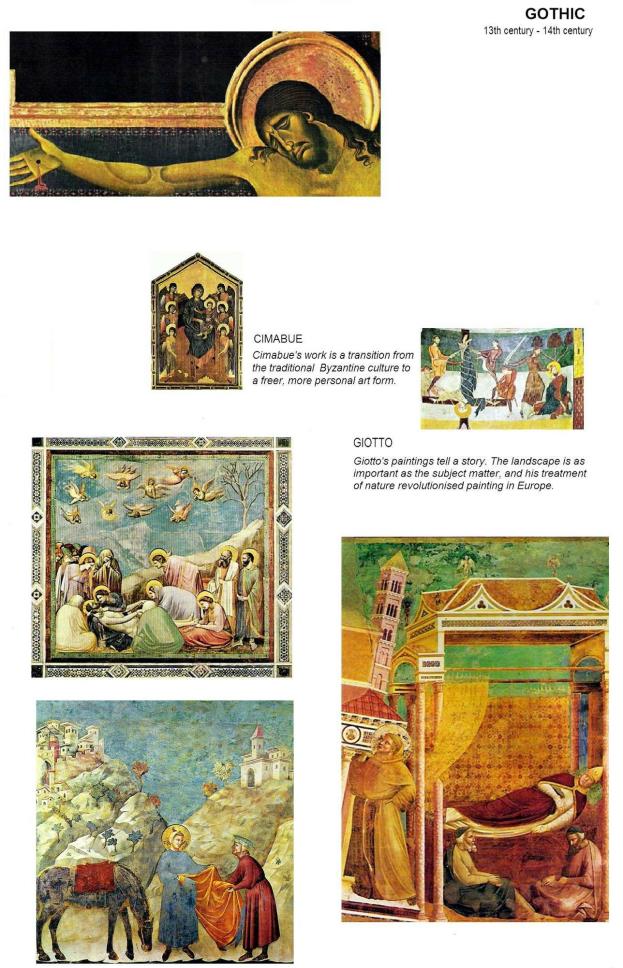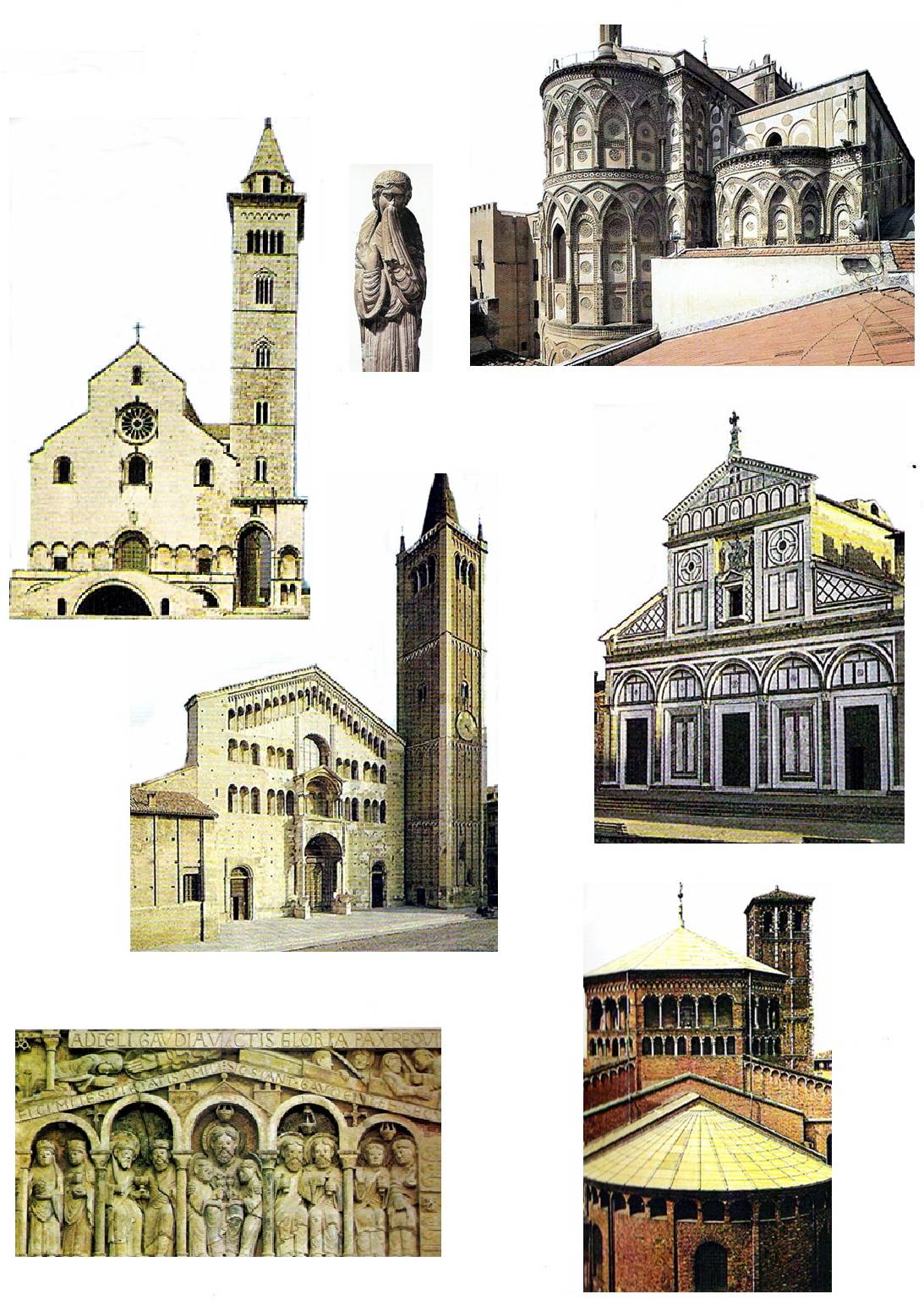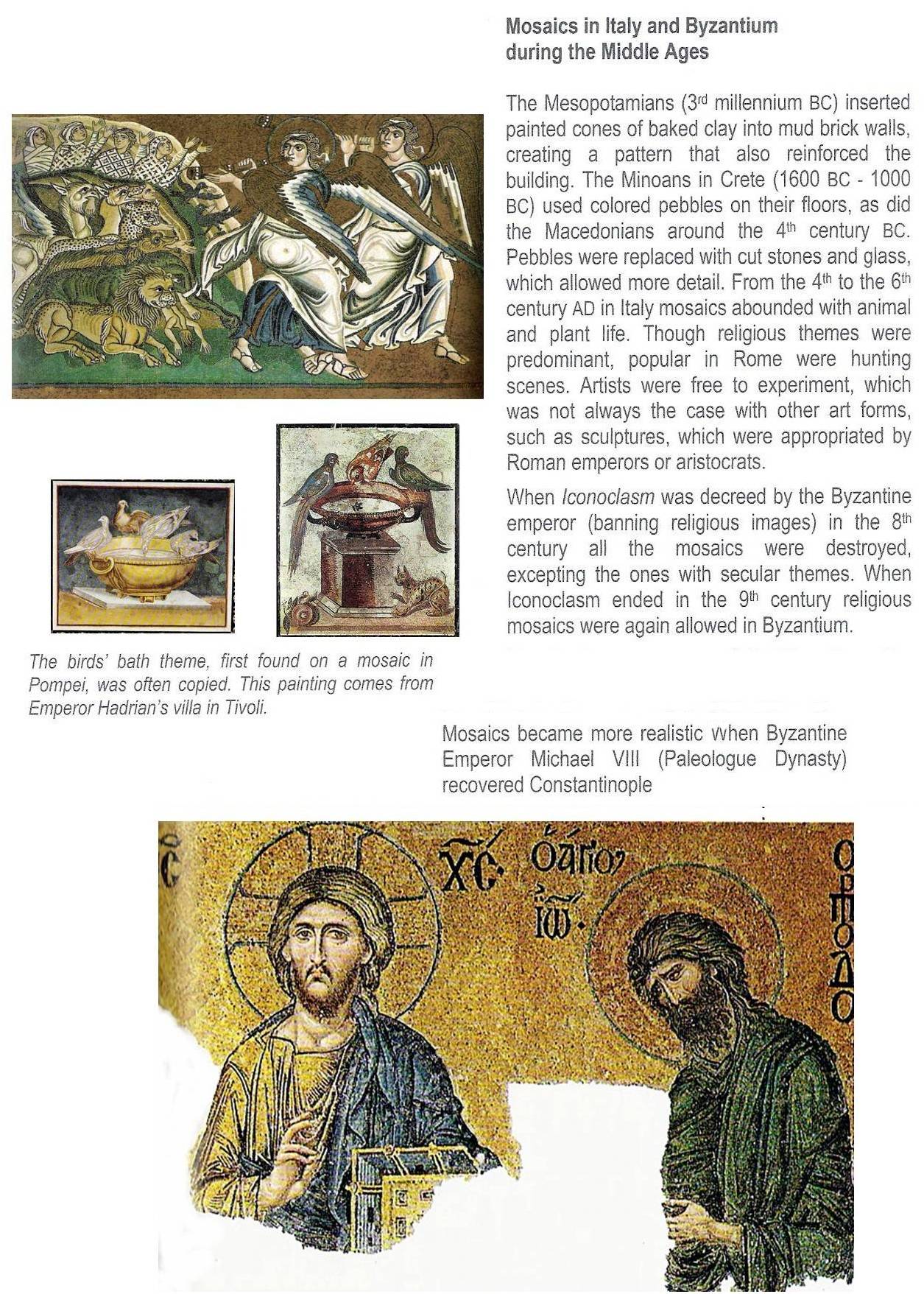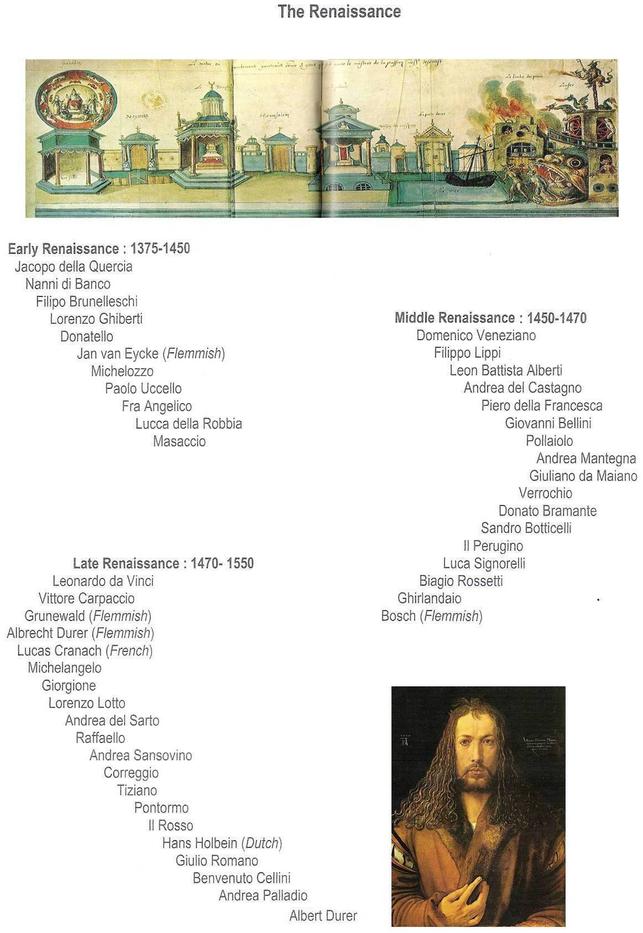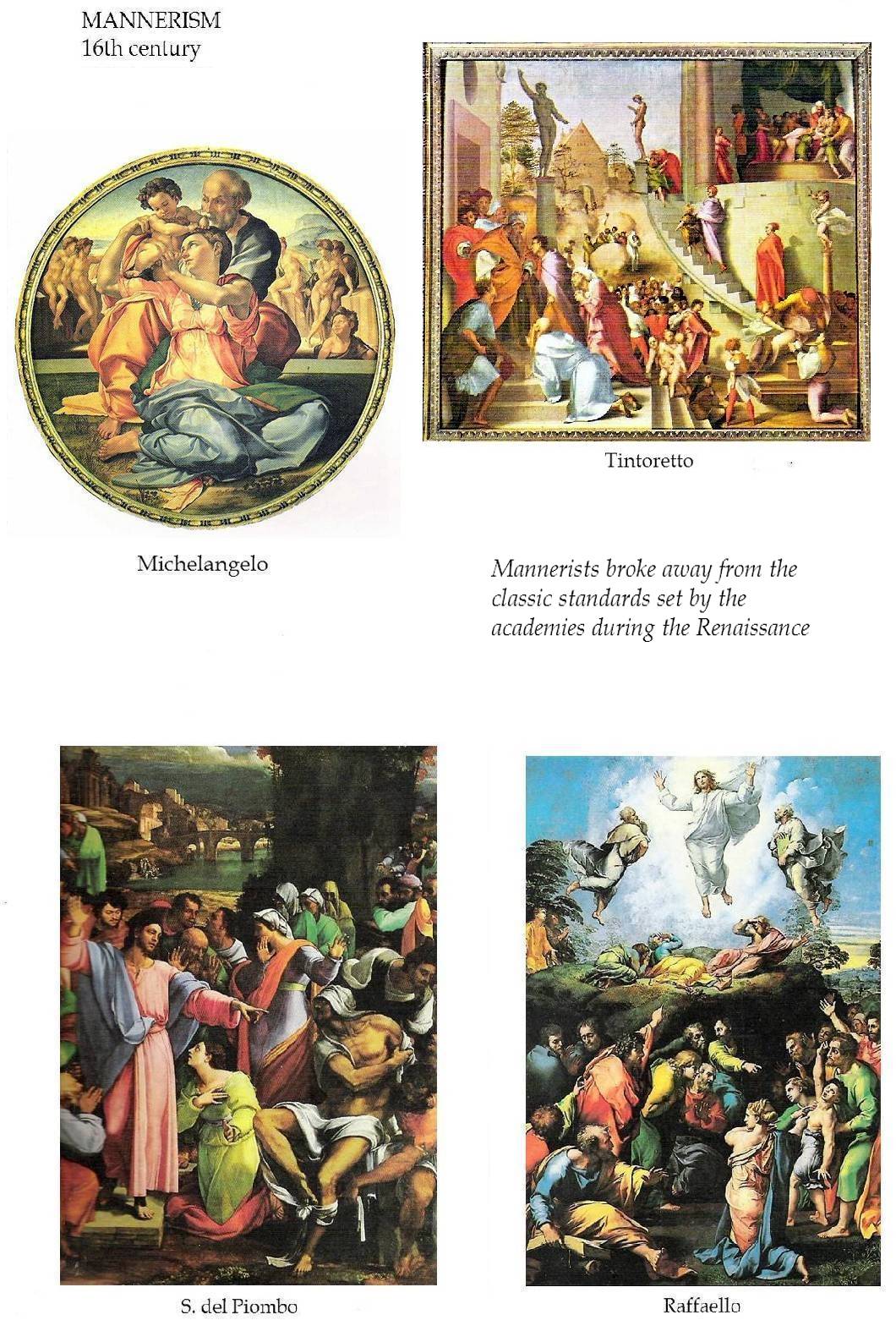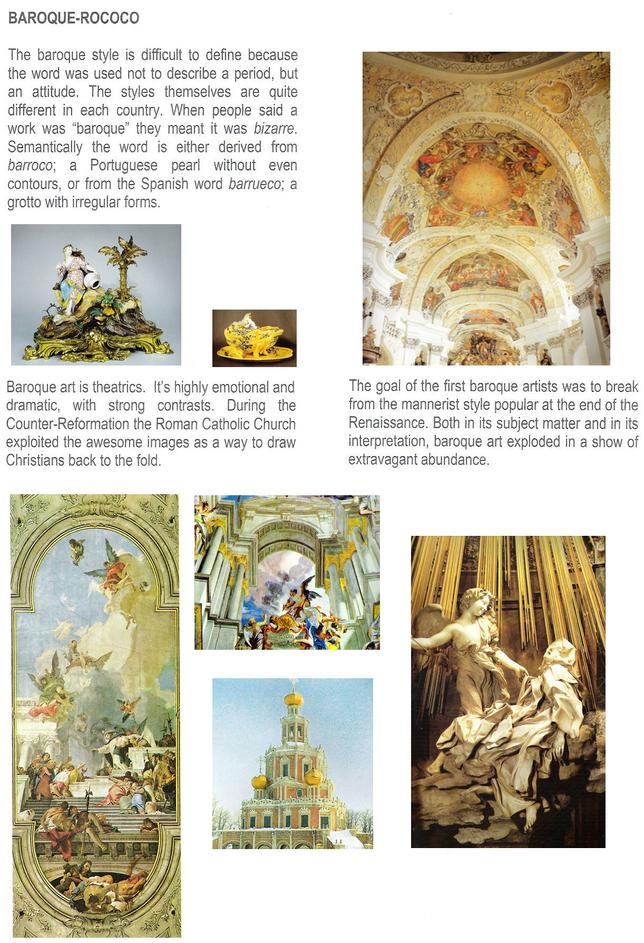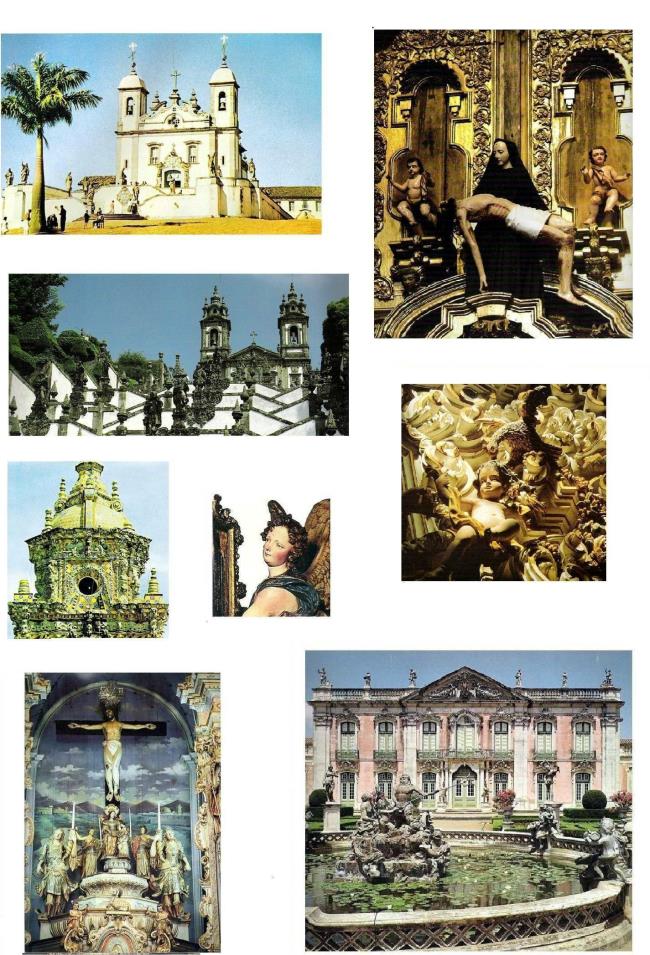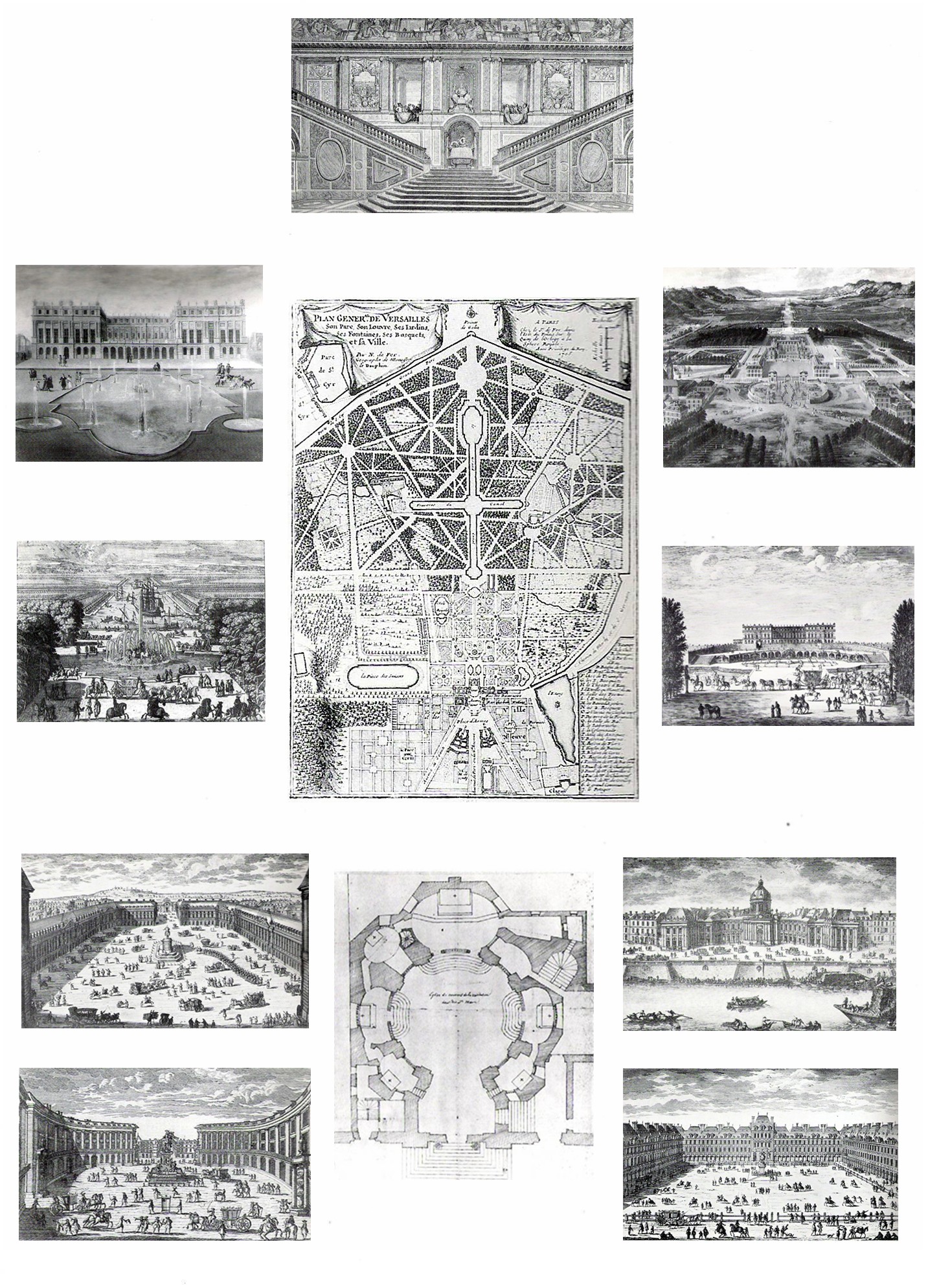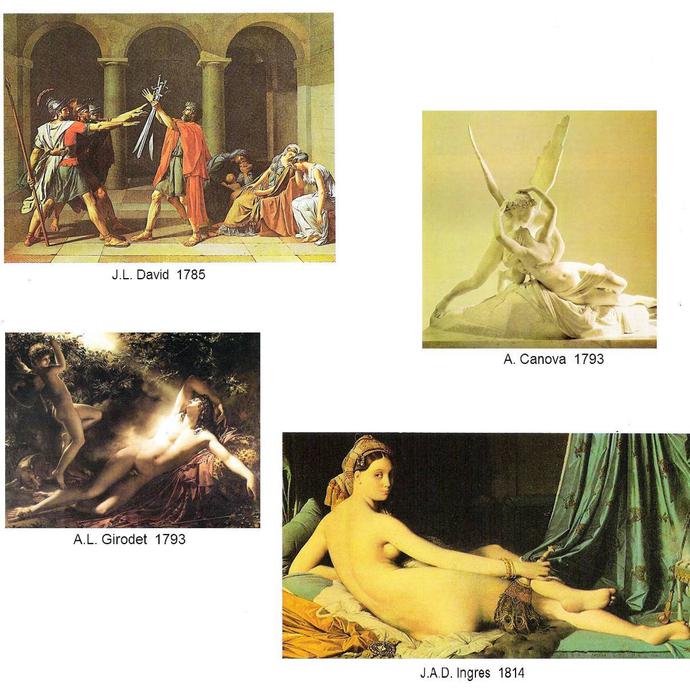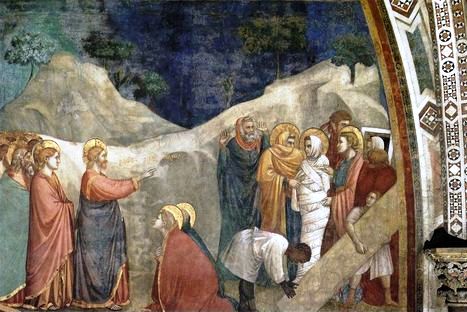By the 4th and 3rd millenium BC art had become a tool for Mesopotaminan kings and Egyptian pharaohs to reinforce their alleged ties to the gods. The pharaohs' preoccupation with the afterlife turned death into a journey where one had to be heartily prepared, packing symbolic objects along with food, wine and servants.
The Minoan Civilization in Crete, the first advanced civilization in the West around 2000 BC, did not seem to worry much about death. What has survived the natural disasters dipicts a celebration of life and community and the walls of the palaces, open to the public, were painted with joyful scenes. The Greeks eventually invaded Crete and were infuenced by the Minoan style. Around the 5th century BC the Greek artists, inspired by the philosophers’ search for order and balance, portrayed the human body as the ultimate expression of perfection.
Alexander the Great of Macedonia, whose father had occupied Greece in 359 BC, carried the classic Greek tradition to the regions he invaded. When Rome captured Athens in 197 BC the Greek standard was integrated into Roman culture. After the last Roman emperor Romulus Agustulus succumbed to the barbarian tribes the Church in Constantinople stepped in to stop the anarchy, and took command of the city. One important measure was to replace pagan rituals with ceremonies honoring the Holy Family and the Saints. There was a strict ban on non-religious art, literature and performances. However in Constantinople, all the while embracing Christian religious images, the city upheld the Hellenic and Eastern traditions.
ROMANESQUE ARCHITECTURE
Byzantine and Oriental influences merged with
the traditional Roman style of the Middle Ages
The evolution of art and the artist
The first images we know of were painted or engraved on rocks (rock art) around 37,000 years ago, mostly in the Sahara and South Africa. The oldest symbol found is a dot in the center of a circle. It is still used in science to signify the sun. Later, in Europe, images were found on the walls of caves, often recounting hunting scenes.
As societies settled appeared the necessity for ritual as a way to reinforce the tribes' sense of belonging and to assuage the natural forces that governed their lives. The artist's role was to adorn objects with images that would give them special powers.
Thus endowed with supernatural energy the objects were placed on alters as articles of worship, used in ceremonies to contact the unknwn forces and placed in homes to protect against demons.
The Renaissance
The early Renaissance was a period of creative investigation. Artists explored new avenues and techniques, and were very diverse in style. They collaborated with scholars in the study of the classics and went against the dogmas of the Church by painting mythological scenes borrowed from Ancient Greece and Rome. Jesus, Mary and the Saints were removed from their heavenly thrones and depicted as common folk. Perspective became all important, reaching its quintessence in the theatre.
While the late Renaissance had become structured with a return to religious themes the next generation of artists, the Mannerists, saw their work under a different light. They changed the direction of art history by treating their paintings objectively rather than subjectively. What was represented in the painting became less important compared to how it was being painted. This ground-breaking development gave birth to the concept of “art for art ”.
Minoan Civilization
Greek Civilization
Etruscan Civilization
Roman Empire
Romanesque Art 11th - 12th century
Gothic Period 13th century - 14th century
Gothic Architecture
Gothic Architecture
Romanesque Architecture
Mosaics in Byzantium and Italy during the Middle Ages
The Renaissance
Mannerists 16th century
Baroque - Rococo
Baroque style in Spain and Latin America
Versailles and 17th century architecture
Neoclassicism 18th century
The Mannerists' mutiny against academic doctrine (that prevailed at the end of the Renaissance) changed the course of art history. Whereas in the past art was a long process from one period to the next, the young artists' rebellion set a trend based on controversy that dramatically shortened the time span between periods.
While the Mannerists went against the rules of the late Renaissance, artists of the Baroque-Rococo period rejected their method of painting with primary colors, and instead used pastels. The Neoclassicists denounced Baroque as trivial, revived the classic Greco-Roman standard and turned it into academic dogma.
A group of young artists rebelled against the pretentious moral and political themes of the neoclassic ideal and were called the “romantics”, which gave birth to Romanticism, which was followed by Symbolism, which in turn was follwed by the Realists who were contested by the Impressionists, Fauves, Futurists and Cubists. The scientific use of light and color was replaced by the Expressionists, followed by the Abstract Expressionists, who were contested by the Hyperrealists. And so forth.
Up to the nineteenth century the names of the different artistic periods were coined after the fact, sometimes intended to be degrading because they did not follow conventional standards. After the 19th century art became a political and social statement where artists grouped and invented their own titles to identify their work.
From whatever point of view one may want to approach art; as a concept, as social phenomena or simply as decoration, the final product is always subject to the person perceiving it. The works of the Impressionists and the Fauves were called bad until they were called good and now one painting can cost as much as a house. As André Malraux said, “To a frog, a frogesse is beautiful,” which is why art is so hard to define.
Throughout the Middle Ages the artist in Europe remained anonymous, viewed as a craftsman but this would change during the Gothic period. Cimabue and Giotto were amongst the first to be recognized as more than just artisans and appreciated for their own personal style.
In Giotto’s paintings nature played an important role, and they told a story, both novel ideas.
